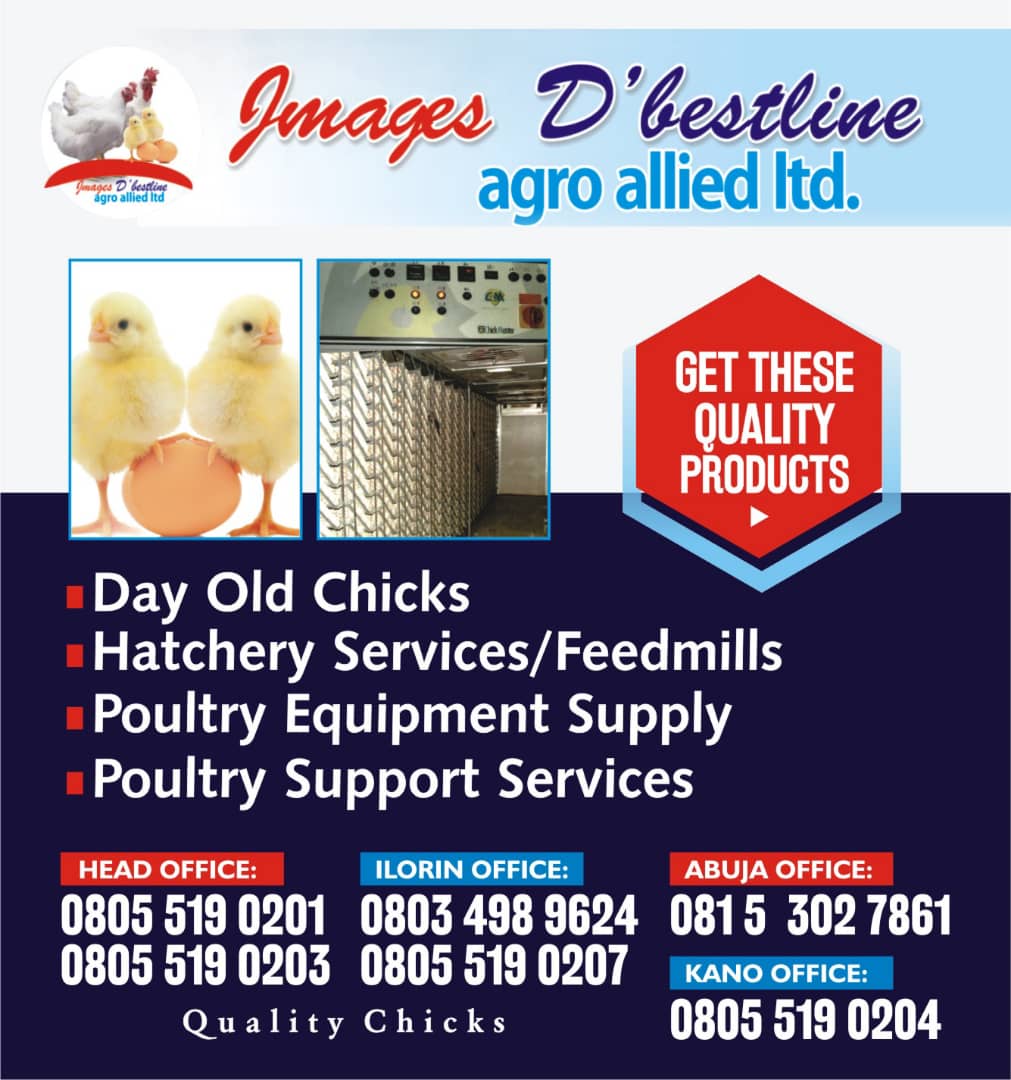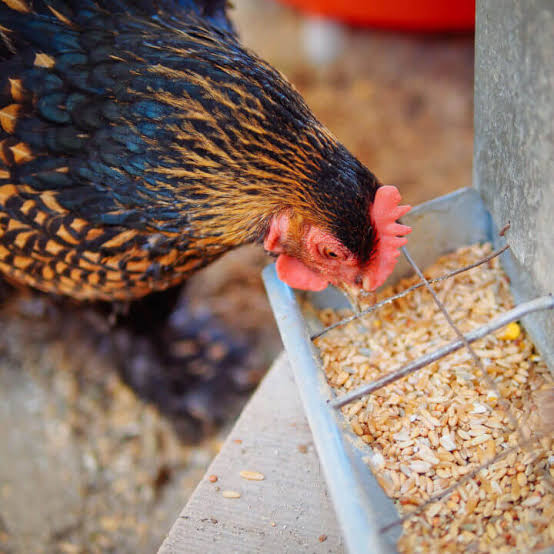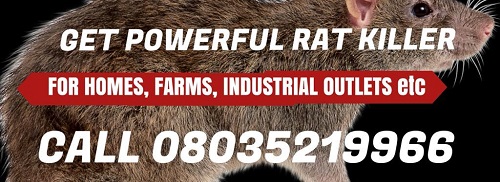 GET THIS NOW: AUTOMATED INCOME MACHINE
GET THIS NOW: AUTOMATED INCOME MACHINE
Hot Weather Management Of Poultry maximum Productivity
During the summer, it is very important for poultry producers to be mindful of the effects warmer temperatures can have on their flocks.
 Learn More
Learn More
Hot weather can severely impact poultry performance. Heat stress in poultry typically begins when the ambient temperature climbs above 80 degrees Fahrenheit and becomes very apparent at temperatures around 85 degrees Fahrenheit. When a bird begins to pant, physiological changes have already taken place within its body to help eliminate excess heat.
Invest in this knowledge-packed ebook promptly.  20 questions to ask your poultry farm manager everyday
20 questions to ask your poultry farm manager everyday
Practicing proper heat management to help keep birds comfortable will help maintain optimum growth, hatchability, egg size, egg shell quality, and egg production.
READ ALSO 10 points about poultry fowl cholera disease
When temperatures reach mid to upper 90s, it is important for birds to be able to dissipate body heat to maintain a body temperature of about 105 degrees Fahrenheit. However, poultry do not sweat. Therefore, body heat is dissipated from wattles, shanks, and unfeathered areas under the wings. Birds do not need to drastically alter normal behavior, feed intake, or metabolism to maintain body temperature by heat loss. The purpose of ventilation in poultry housing is to maintain an environment that allows birds to sustain body temperature by sensible heat loss. Sensible heat loss methods include radiation, conduction, and convection which are effective when temperatures range from 55 to 75 degrees Fahrenheit. Once temperatures reach 77 degrees Fahrenheit, the method for heat loss shifts to evaporative heat loss. Evaporative heat loss requires birds to dissipate body heat by panting, which begins to occur at about 80 degrees Fahrenheit.

Panting removes heat by the evaporation of water from the moist lining of the respiratory tract. Unfortunately, panting also generates body heat, and causes birds to eliminate water from the body. During the hot summer months, evaporative heat loss typically becomes the primary method by which birds regulate their body temperature unless proper ventilation is provided and other steps are taken to reduce heat stress.
READ ALSO 10 points about poultry chronic respiratory disease
Techniques for managing heat stress include maintaining a grass cover on the ground surrounding the poultry house to reduce reflection of sunlight onto the house. Vegetation should also be trimmed to avoid blocking air movement. Shade trees should be located in areas that do not restrict air movement.
Invest in this knowledge-packed ebook promptly.  20 questions to ask your poultry farm manager everyday
20 questions to ask your poultry farm manager everyday
Also, make sure to keep a reliable, clean, cool source of water for birds. Electrolytes can be added to the water to replace those lost during periods of heat stress. For layers, be sure to provide adequate ventilation and air circulation for nesting boxes.
ATTENTION: Click “HERE” to join our WhatsApp group and receive More updates directly on your WhatsApp!
The importance of proper hot weather management for poultry should not be underestimated.















